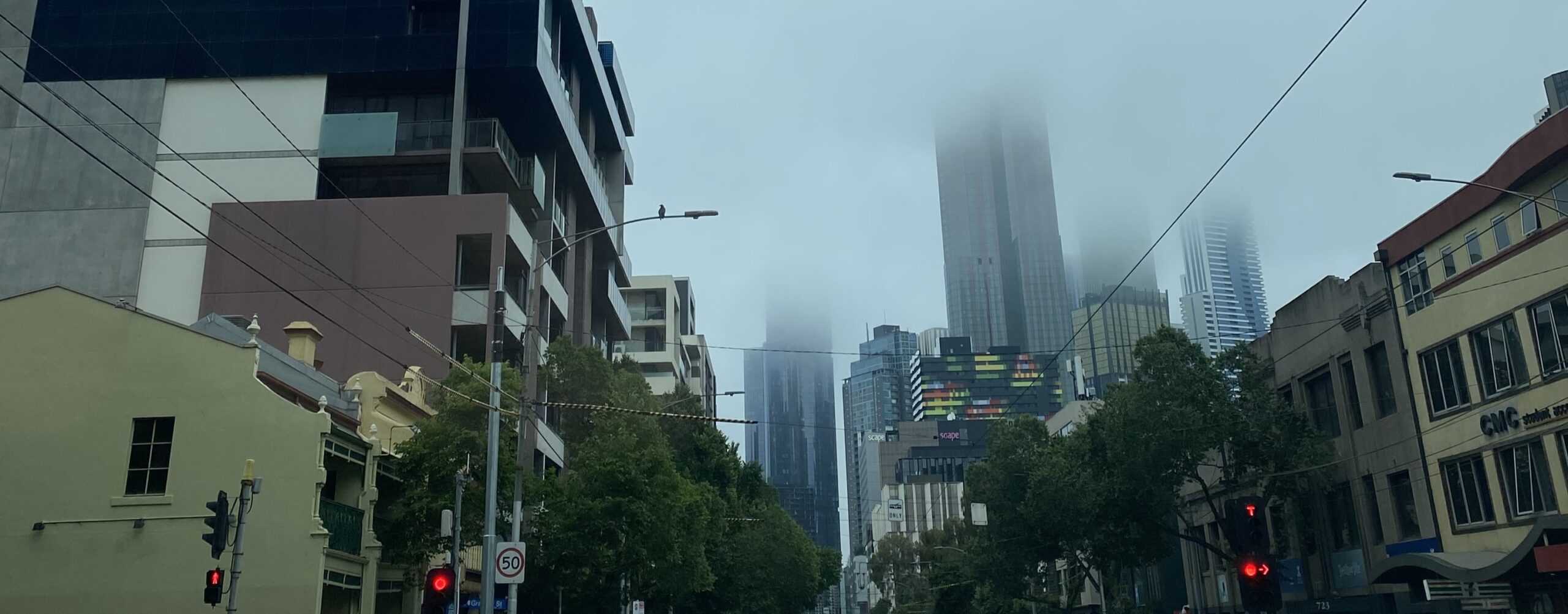eerie silence. The cities, once vibrant and teeming with activity, have transformed into a hauntingly desolate landscape during the COVID-19 lockdowns. The effects of the pandemic have cast a gloomy veil over urban spaces worldwide, painting a surreal picture of empty streets, deserted landmarks, and silent neighborhoods.
The absence of the usual hustle and bustle is conspicuous, as if the heartbeat of the city has slowed to a faint murmur. Streets that once echoed with the symphony of traffic now only whisper the occasional passing of an essential worker or a solitary pedestrian hurrying home. The once-illuminated skylines now shimmer with a melancholic glow, their lights reflecting off quiet thoroughfares.
Iconic landmarks, once adorned with throngs of tourists, stand forlorn and devoid of their usual vitality. Parks and public spaces, once filled with laughter and camaraderie, now lie abandoned, their benches empty and swings eerily motionless. Even the air seems different—less polluted, perhaps, but carrying an unusual weight of stillness and solitude.
The impact on businesses echoes loudly through the empty storefronts and shuttered shops, their closed doors a stark reminder of the economic toll of the pandemic. Restaurants and cafes, once bustling with diners, now sit dark and silent, their chairs stacked atop tables, waiting for a time when they can welcome patrons again.
Yet, amid this gloom, there’s a faint glimmer of resilience. Communities find ways to stay connected virtually, sharing moments of hope and solidarity. The streets, though empty, hold the promise of a future where life and vibrancy will return. These gloomy cities during lockdowns stand as a testament to both the challenges faced and the unwavering spirit of resilience that persists within them.

